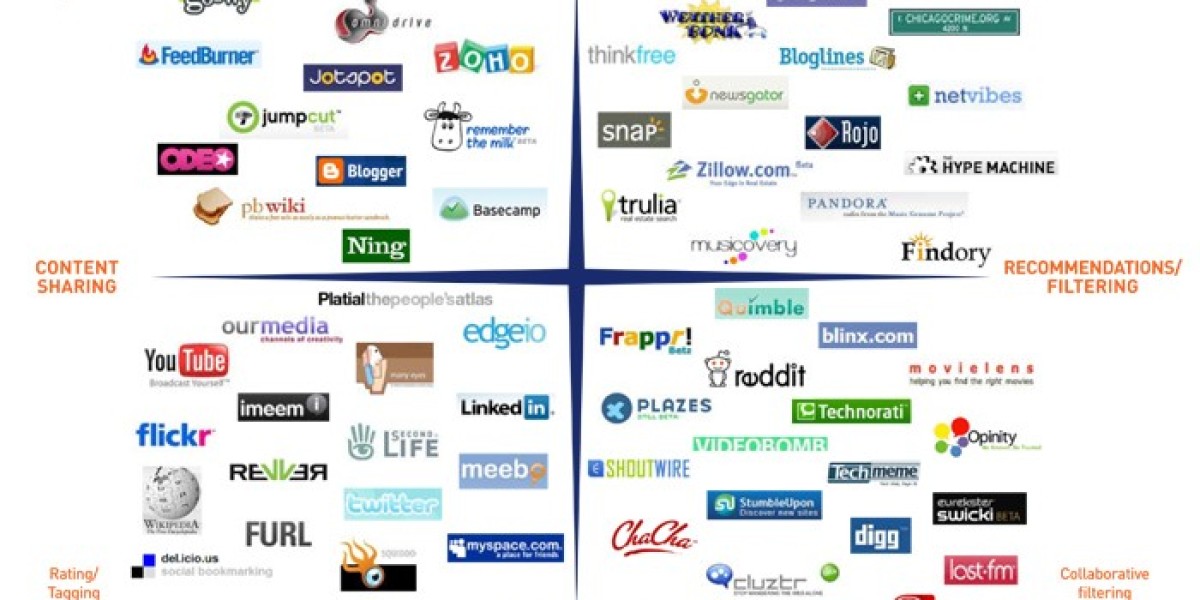When building or renovating a home in Utah, the focus often centers around aesthetics—beautiful countertops, elegant flooring, and trendy lighting. But while these features are visually appealing, the true functionality and comfort of a home depend on something less visible yet infinitely more important: HVAC engineering services and residential plumbing design.
In a state like Utah, where weather conditions range from icy winters to hot, arid summers, high-performing mechanical systems are essential. The seamless integration of heating, cooling, and plumbing systems ensures that a home is not only livable but efficient, safe, and built for long-term value.
In this blog, we’ll explore the essential roles of HVAC engineering and residential plumbing in Utah, the challenges they address, and how to make smart decisions whether you’re building a new home or upgrading an existing one.
Why HVAC Engineering Services Are Essential in Utah Homes
HVAC (Heating, Ventilation, and Air Conditioning) engineering services involve the design, planning, installation, and maintenance of mechanical systems that control indoor environments. In Utah, where temperatures can swing from below freezing in winter to above 100°F in summer, these systems are more than just a convenience—they're a necessity.
1. Custom Climate Control for Comfort
A properly engineered HVAC system does more than heat and cool—it regulates humidity, filters air, and ensures even temperature distribution throughout your home. HVAC engineers consider square footage, room orientation, window placement, and insulation levels to tailor a system that matches your exact needs.
2. Energy Efficiency and Cost Savings
Modern HVAC systems are designed with efficiency in mind. Engineers calculate heat loads, select energy-efficient units, and utilize smart zoning controls that minimize energy waste. In a state with diverse climate zones like Utah, an optimized system can significantly reduce your energy bills.
3. Indoor Air Quality (IAQ)
HVAC design isn’t just about temperature—it also influences air quality. Systems must incorporate air filtration, ventilation strategies, and moisture control to protect your home from allergens, pollutants, and mold.
4. Code Compliance and Safety
Utah building codes require HVAC systems to meet strict energy and safety standards. HVAC engineering services ensure that designs are compliant with state and local regulations, which is critical for passing inspections and protecting homeowner investments.
HVAC Design Elements that Matter in Utah
A professional HVAC engineering firm will address several key elements that influence system performance in Utah’s unique climate:
Duct Design and Layout: Proper ductwork reduces airflow resistance, increases efficiency, and minimizes energy loss.
Load Calculations: Engineers use tools like Manual J and Manual D to determine the correct sizing of units and duct systems based on building characteristics.
Zoning Systems: Especially valuable in larger homes, zoning allows you to heat or cool specific areas independently.
Smart Thermostats: Integrating with Wi-Fi, these devices offer remote control, learning features, and energy usage tracking.
Residential Plumbing Design in Utah: The Foundation of Functionality
While HVAC systems manage air, plumbing systems manage water—the essential element that powers your kitchen, bathrooms, laundry, and more. Residential plumbing design in Utah plays a critical role in water delivery, drainage, heating, and conservation.
1. Strategic Planning for Efficient Layouts
In new construction and renovations, plumbing design determines where fixtures are placed and how pipes are routed. An efficient layout minimizes pipe lengths, reduces installation costs, and ensures even water pressure throughout the home.
2. Cold Climate Considerations
Utah's cold winters present a unique challenge: frozen pipes. Proper plumbing design accounts for pipe placement, insulation, and the use of frost-proof outdoor fixtures to prevent costly winter damage.
3. Water Conservation Compliance
Utah is one of the driest states in the U.S. Residential plumbing design must consider water-saving fixtures, low-flow toilets, and smart irrigation integration to meet local water conservation standards and reduce utility costs.
4. Hot Water Systems and Energy Use
A well-designed plumbing system includes efficient hot water delivery through tankless water heaters, recirculating pumps, or solar-assisted systems, ensuring minimal wait times and lower energy usage.
Integrating HVAC and Plumbing for a Whole-Home Approach
In modern construction, HVAC engineering services and residential plumbing design in Utah are not isolated tasks. They are interconnected systems that must work together harmoniously for optimal performance.
Examples of Integration:
Mechanical Rooms: Combining HVAC and plumbing equipment in a central area helps reduce pipe lengths, simplifies maintenance, and saves space.
Shared Utility Routes: Coordinated planning allows HVAC ducts and plumbing pipes to run through shared chases or wall spaces, minimizing drywall work and structural conflicts.
Energy Efficiency Synergy: Efficient hot water systems can be tied into HVAC solutions like radiant floor heating or heat recovery ventilation (HRV) for a more sustainable system.
Collaboration between HVAC and plumbing engineers also reduces installation conflicts, costly change orders, and timeline delays during construction.
Challenges Unique to Utah Homes
Every region presents its own challenges when it comes to building systems, and Utah is no different. Here's what makes HVAC and plumbing design in the Beehive State unique:
1. Altitude and Air Pressure
Homes in Utah’s mountain areas require HVAC systems that function effectively at high altitudes, where air density and pressure differ from sea level.
2. Hard Water
Much of Utah’s water supply contains high levels of minerals like calcium and magnesium. A proper plumbing design should incorporate water softeners or filtration systems to extend appliance life and prevent pipe scaling.
3. Rapid Urban Growth
With more residential developments springing up around Salt Lake City, Provo, and St. George, speed and scalability are key. Pre-fabricated HVAC and plumbing assemblies are gaining popularity to accelerate timelines without compromising quality.
The Role of Engineering Firms and Licensed Designers
Whether you're planning a custom home or developing a residential community, hiring a licensed engineering firm specializing in HVAC engineering services and residential plumbing design is a must.
What to Look For:
Utah Licensing and Certifications: Ensure the firm is licensed to operate in Utah and familiar with local codes.
Experience in Utah Homes: Look for firms with a portfolio of completed projects in your region.
BIM Capabilities: Building Information Modeling allows for 3D system coordination, clash detection, and faster approval processes.
Energy Modeling Expertise: Choose firms that offer energy analysis to help you qualify for tax incentives, rebates, and green certifications.
Sustainability: Designing for the Future
Both HVAC and plumbing design have an enormous impact on a home’s long-term sustainability. Energy efficiency, water conservation, and system longevity are all improved with thoughtful design.
Sustainable HVAC Features:
Heat pumps for both heating and cooling
ERVs (Energy Recovery Ventilators) for healthy air without energy loss
Zoned ductless mini-split systems
Solar-ready HVAC integrations
Sustainable Plumbing Strategies:
Dual-flush toilets and low-flow faucets
On-demand hot water recirculation
Rainwater harvesting for irrigation
WaterSense-certified fixtures
Choosing sustainable design practices not only helps the environment but also lowers monthly utility bills and increases property value.
Final Thoughts: Investing in Comfort and Efficiency
When it comes to building a home in Utah, the importance of HVAC engineering services and residential plumbing design cannot be overstated. These systems are the backbone of a comfortable, efficient, and future-ready home. Whether you're a homeowner, builder, or developer, investing in high-quality design and professional installation will pay off in the form of energy savings, increased comfort, and fewer maintenance issues down the road.
As Utah continues to grow and face climate-related challenges, it's more important than ever to work with engineering professionals who understand the region’s needs—and can design systems that are built to last.









